On Nov. 2, 1972, NASA senior managers met at NASA’s Kennedy Space Center (KSC) in Florida for the Flight Readiness Review (FRR) for Apollo 17, that program’s final Moon landing mission. At the conclusion of the meeting, they confirmed Dec. 6, 1972 as the launch date for Apollo 17, the first night launch in the American human spaceflight program. Astronauts Commander Eugene A. Cernan, Command Module Pilot Ronald E. Evans, and Lunar Module Pilot Harrison H. “Jack” Schmitt, a geologist, and their backups John W. Young, Stuart A. Roosa, and Charles M. Duke, continued training for various portions of their 13-day mission to the Taurus-Littrow region of the Moon. They traveled to the Flagstaff, Arizona, area for the final geology field trip of the Apollo program. The astronauts rehearsed various aspects of their upcoming mission, including spacewalks, the lunar landing, and splashdown. Ground crews at KSC prepared the Saturn V rocket and the Apollo spacecraft for the flight to the Moon.
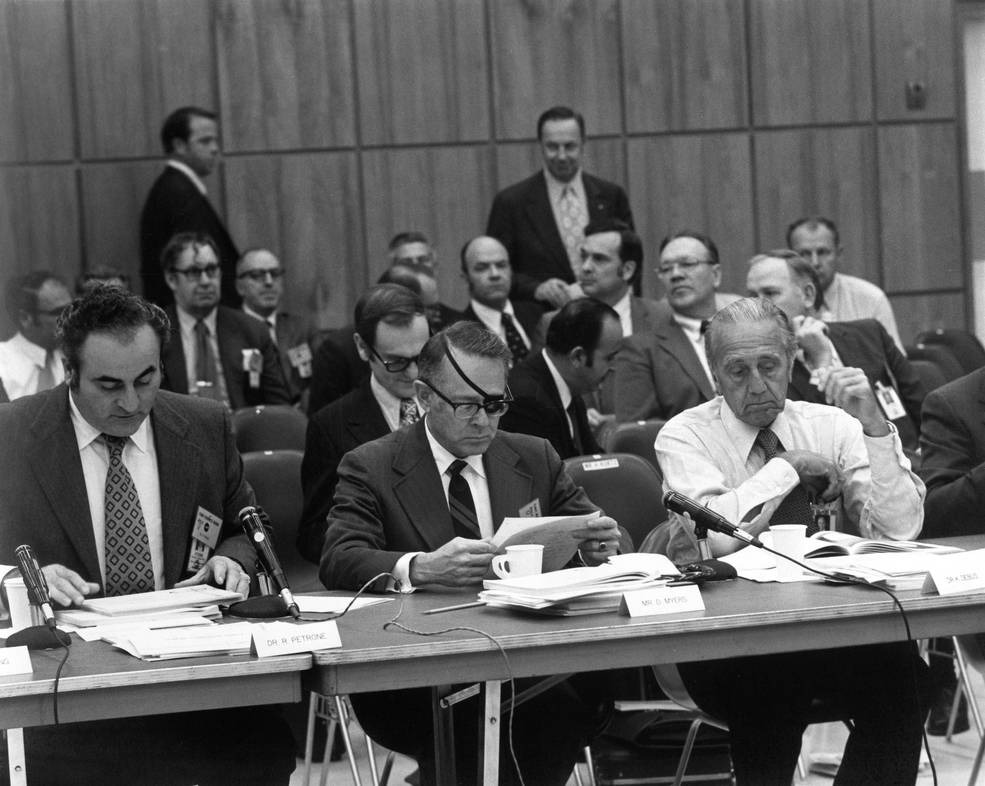
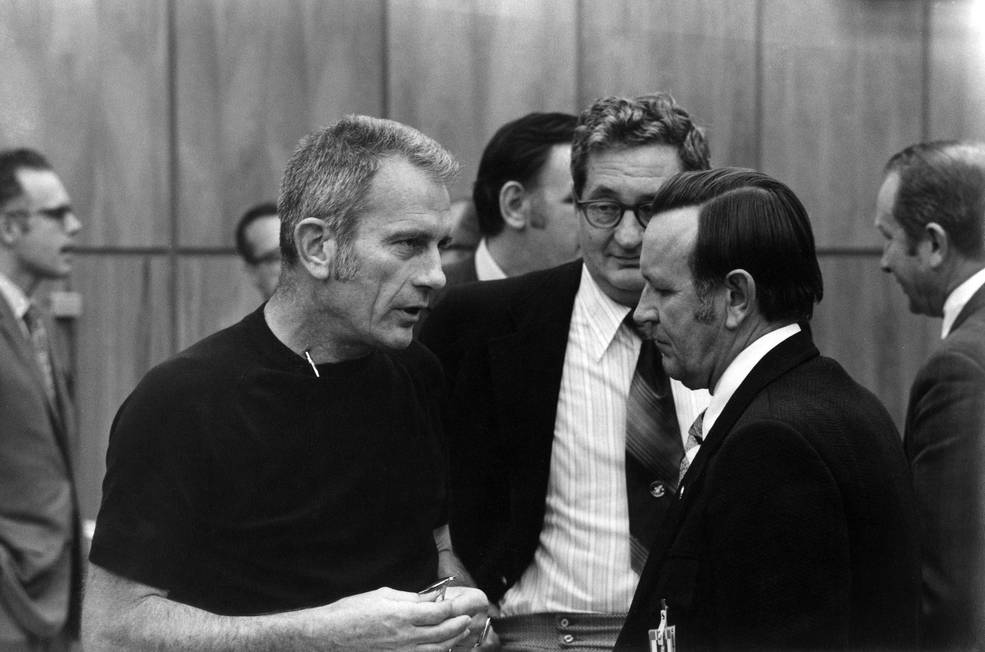
Left: Apollo Program Director Rocco A. Petrone, left, Associate Administrator for Manned Space
Flight Dale D. Myers, and Kurt H. Debus, director of NASA’s Kennedy Space Center in Florida,
at the Apollo 17 Flight Readiness Review (FRR). Right: Donald K. “Deke” Slayton, director of
Flight Crew Operations at the Manned Spacecraft Center (MSC), now NASA’s Johnson
Space Center in Houston, and MSC Director Christopher C. Kraft converse
during a break at the Apollo 17 FRR.
On Oct. 30, senior managers concluded the Launch Readiness Review (LRR) at KSC, a meeting to confirm the launch vehicle and spacecraft’s readiness for the launch. They identified no significant issues, and managers met again at KSC on Nov. 2 to conduct the Flight Readiness Review (FRR). The FRR, broader in scope than the LRR, reviewed the entire effort needed to support the mission, including the flight vehicle, the astronauts and their training, ground support teams, communications networks, and recovery forces. Senior managers from NASA Headquarters in Washington, D.C., and several field centers attended the FRR. At the conclusion of the meeting, they confirmed the readiness of Apollo 17 to launch in the evening of Dec. 6.
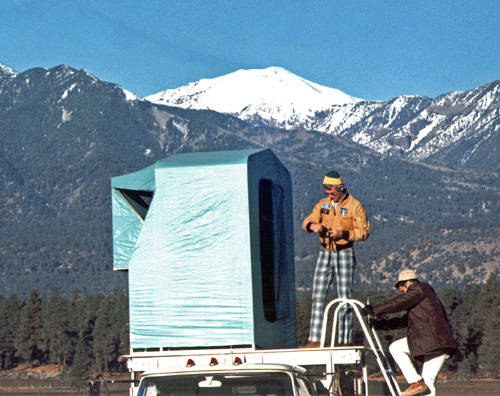
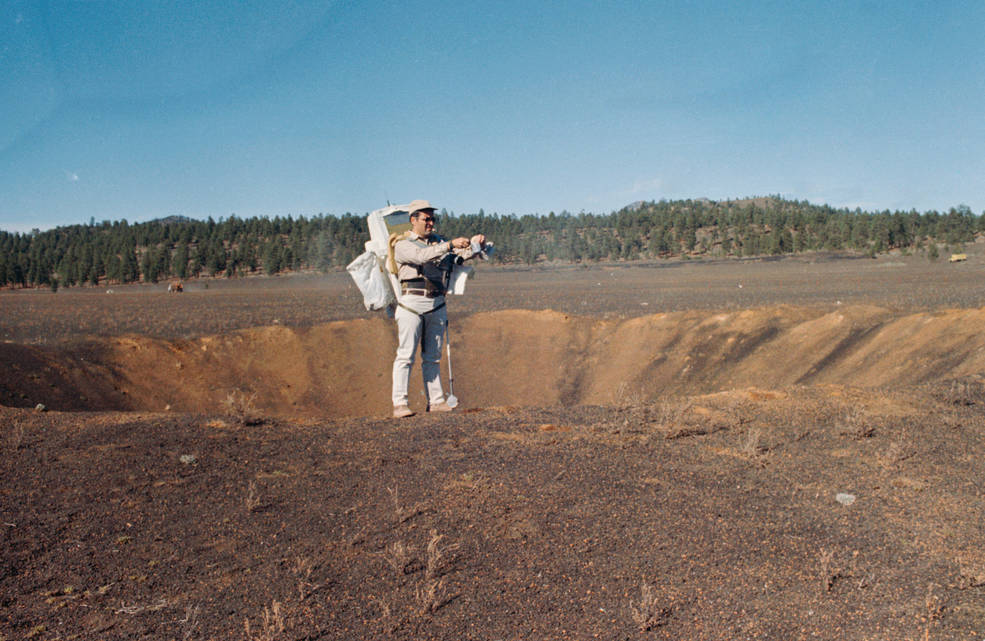
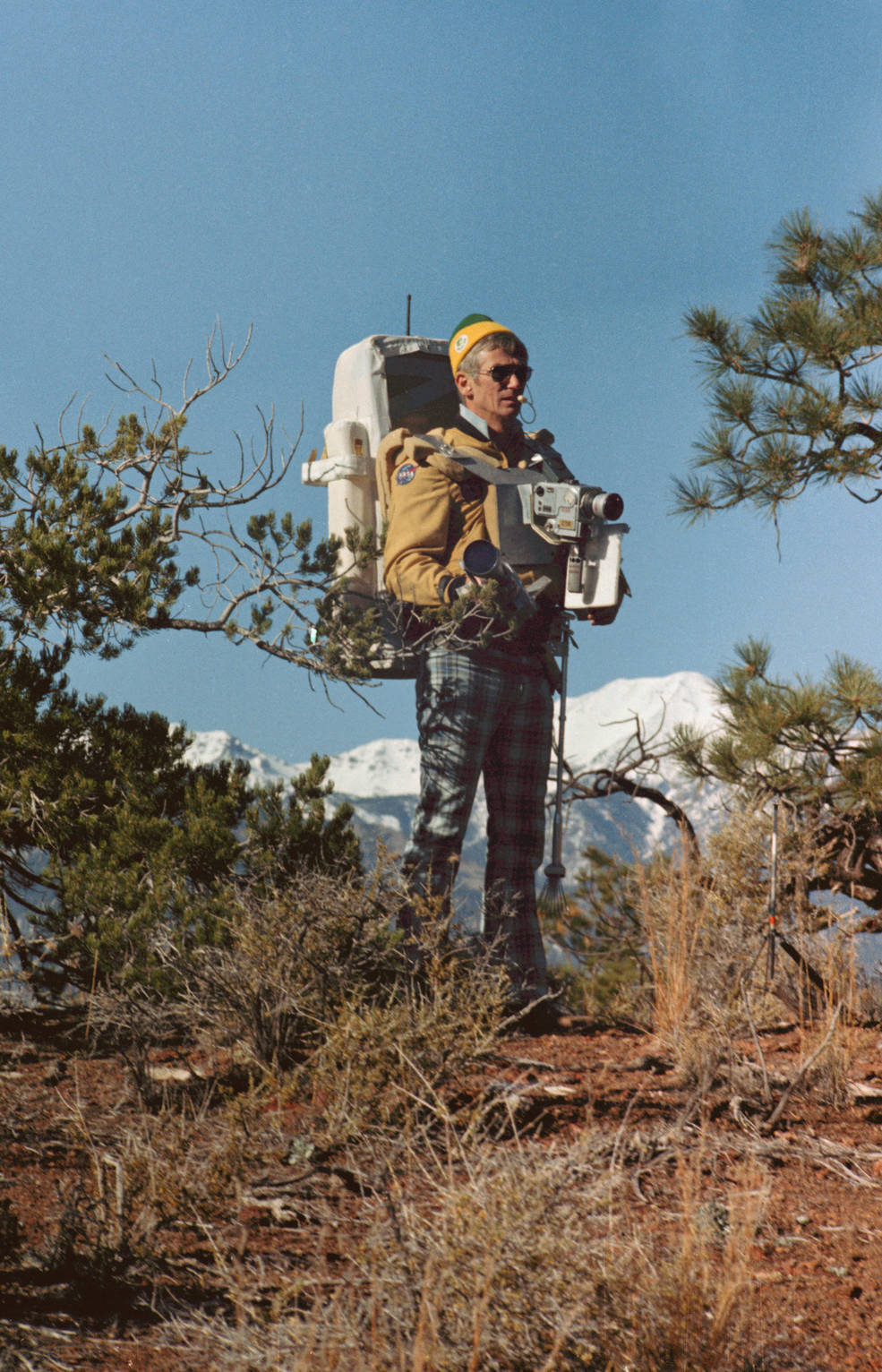
Left: Apollo 17 astronauts Eugene A. Cernan, left, and Harrison H. “Jack” Schmitt use a mockup of the Lunar
Module at the start of their geology training session near Flagstaff, Arizona. Middle: Schmitt stands at the
rim of a crater during geology training. Right: Cernan during geology training.
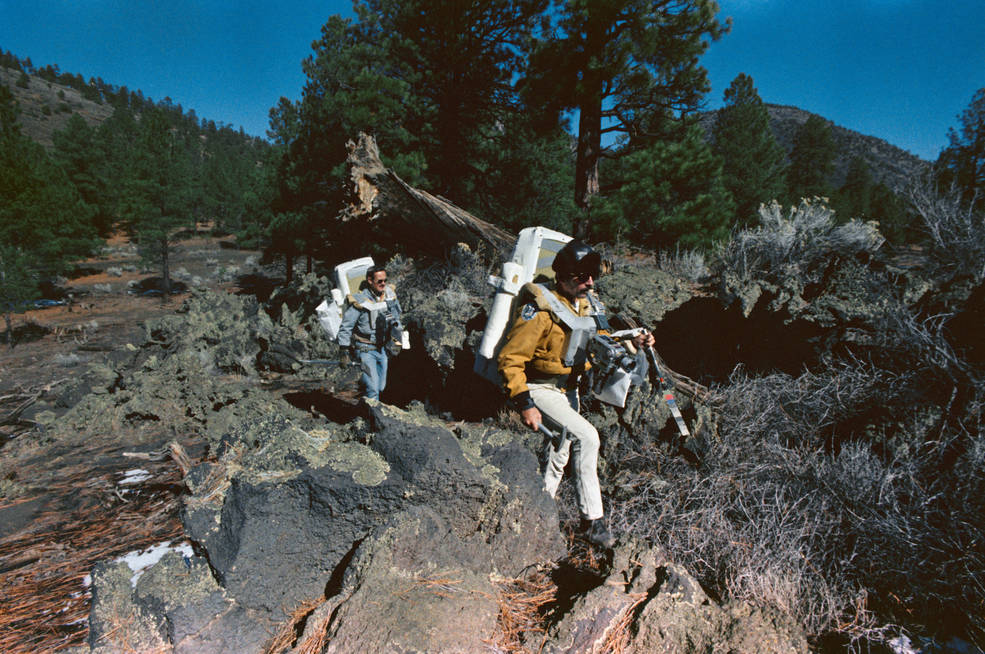
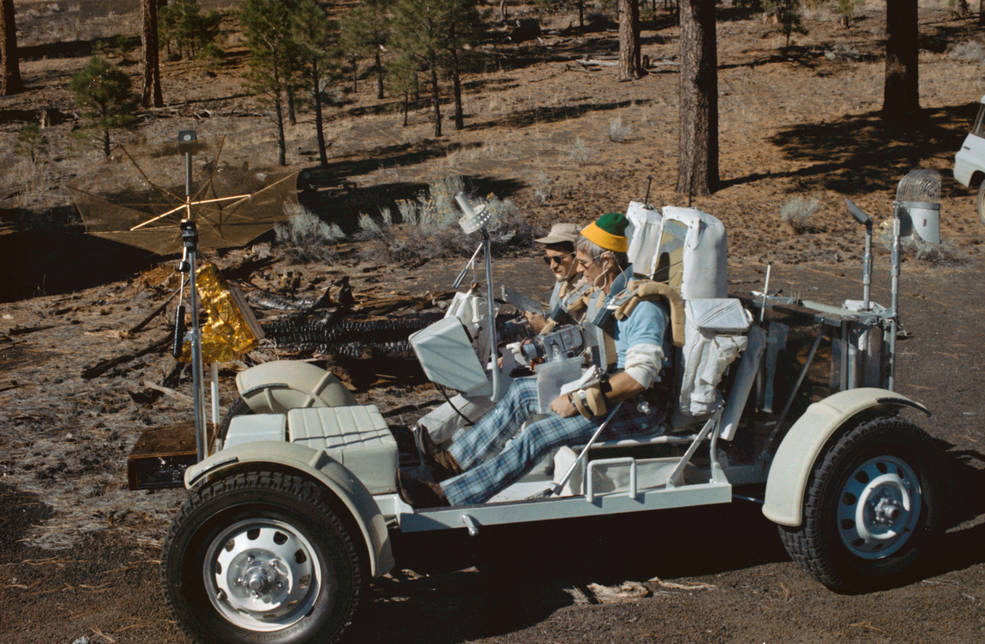
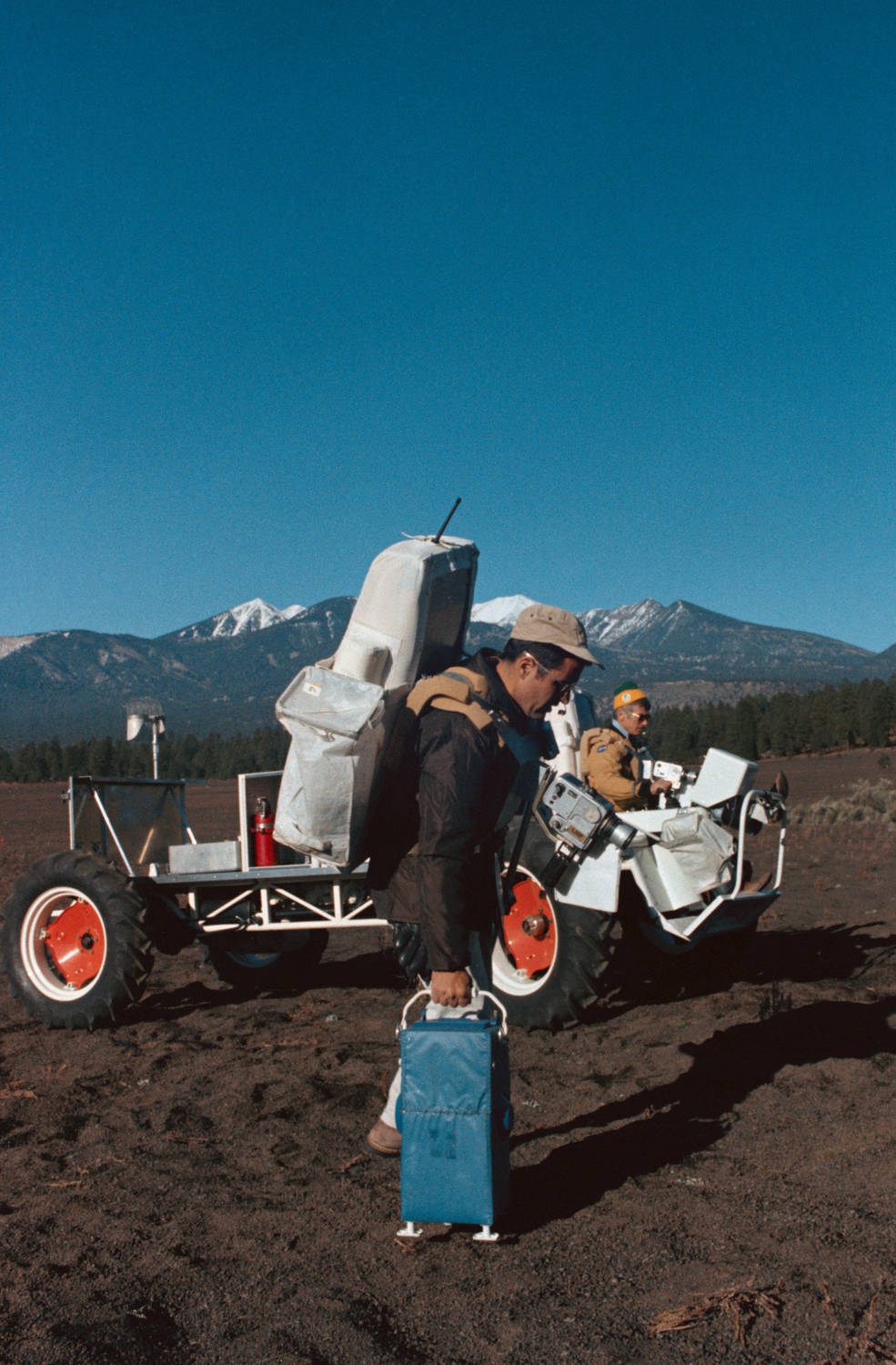
Left: Apollo 17 backup astronauts Charles M. Duke, left, and John W. Young during the geology field trip in Arizona.
Middle: Apollo 17 astronauts Harrison H. “Jack” Schmitt, left, and Eugene A. Cernan ride the Grover ground-based
training version of the Lunar Roving Vehicle. Right: Schmitt, left, places an experiment while Cernan
drives the Explorer training vehicle.
Cernan, Schmitt, Young, and Duke participated in the final geology training field trip of the Apollo program on Nov 2 and 3. In this field exercise, the astronauts, assisted by a team of geologists, conducted two simulated lunar traverses, one at Sunset Crater and the other at Cinder Lake in the San Francisco volcanic field near Flagstaff, Arizona. During the exercises they communicated with the science support room in Mission Control at the Manned Spacecraft Center (MSC), now NASA’s Johnson Space Center in Houston, staffed by the same teams who supported them during the actual mission. The astronauts incorporated several of the lunar surface science experiments into the training session, and drove the Grover, a ground-based training version of the Lunar Roving Vehicle. The astronauts continued to receive classroom instruction on surface and orbital lunar geology from a team of geologists. At KSC, Cernan, Schmitt, Young, and Duke practiced the lunar surface excursions in the Lunar Surface Training Area, commonly known as the “rockpile,” an outdoor zone dotted with rocks and boulders to simulate the Moon’s terrain. Wearing full pressure suits, they practiced driving a training version of the Lunar Roving Vehicle, and rehearsed collecting rock and soil samples and deploying the various experiments of the Apollo Lunar Surface Experiments Package.
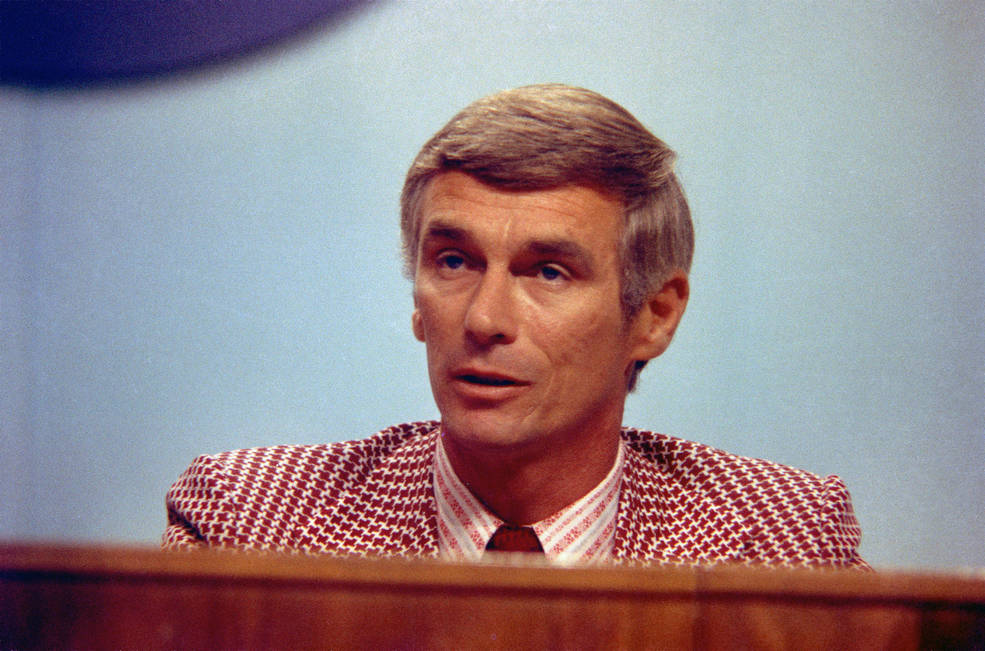
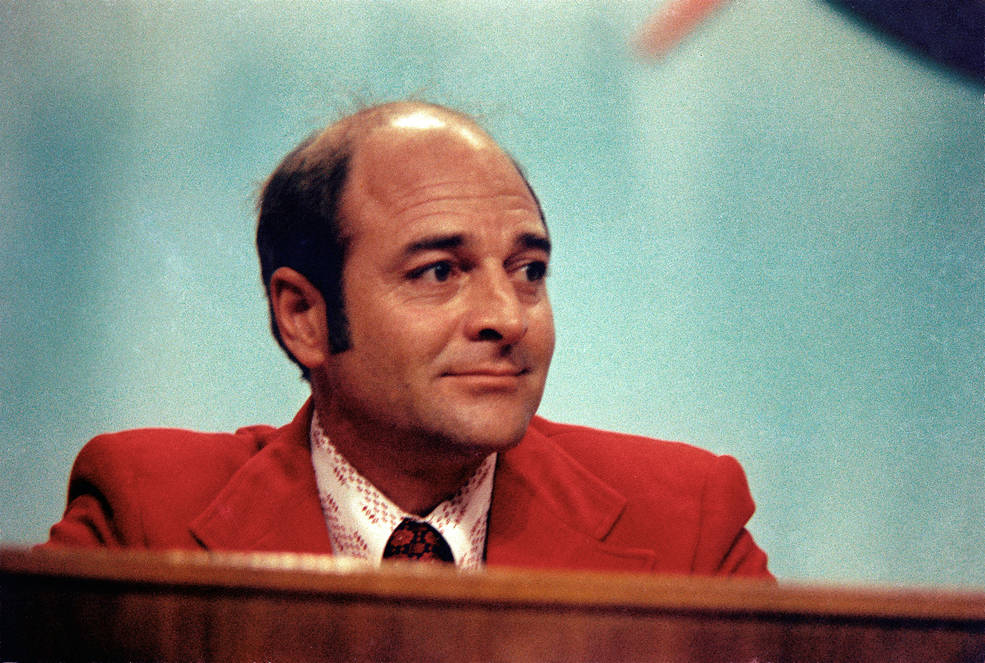
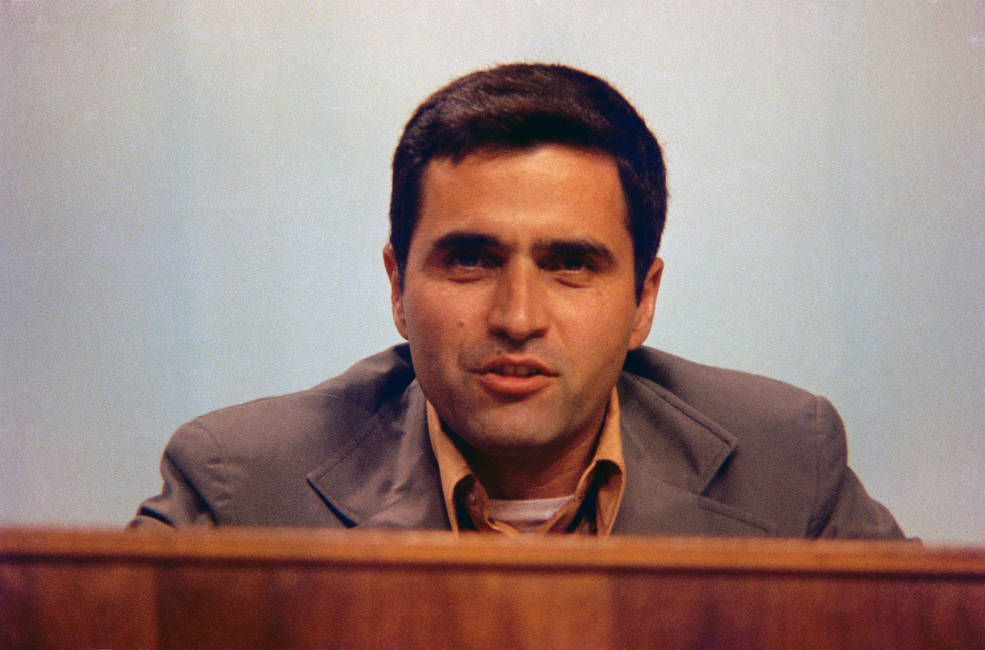
Apollo 17 astronauts Eugene A. Cernan, left, Ronald E. Evans, and Harrison H. “Jack” Schmitt
during their last preflight press conference.
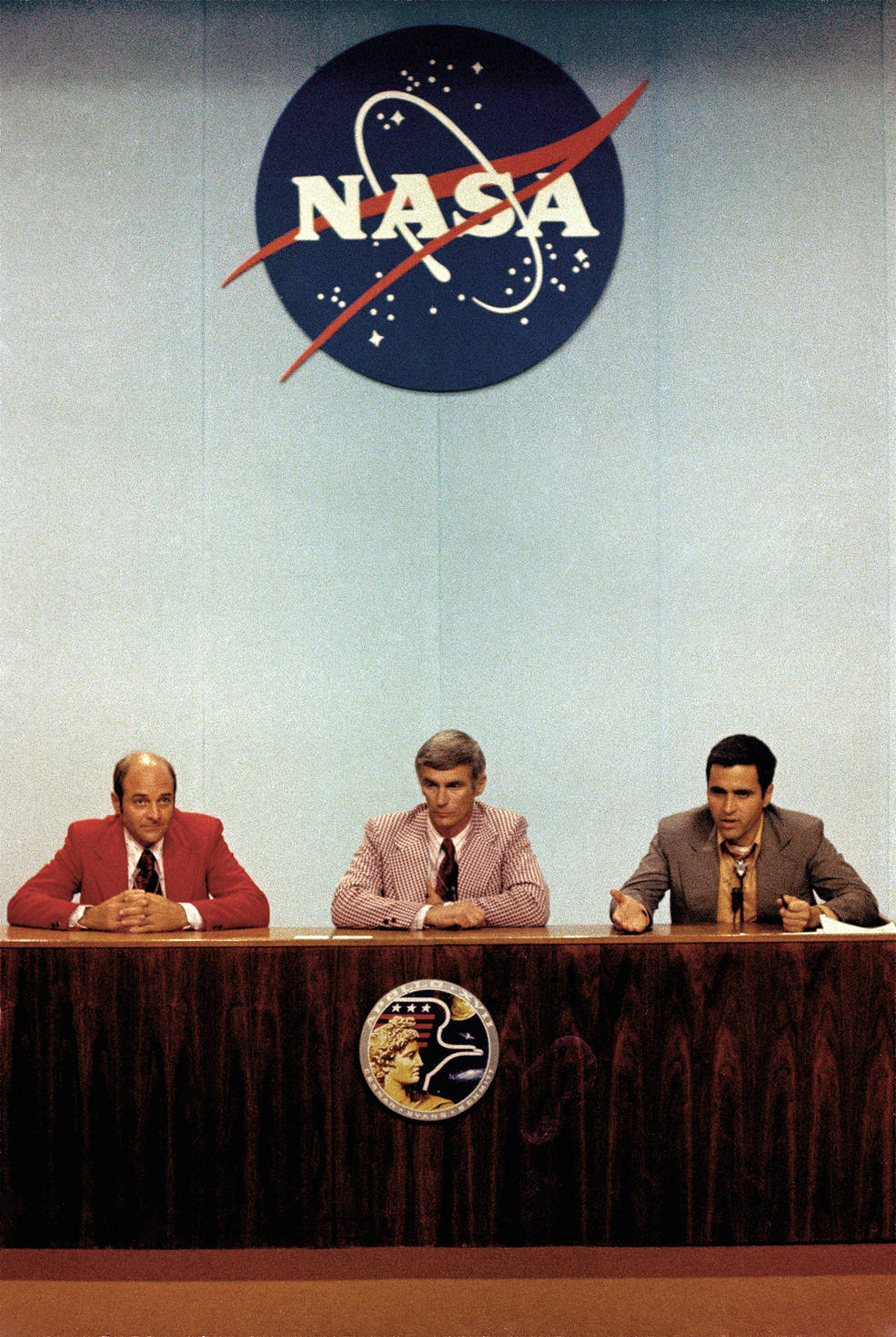
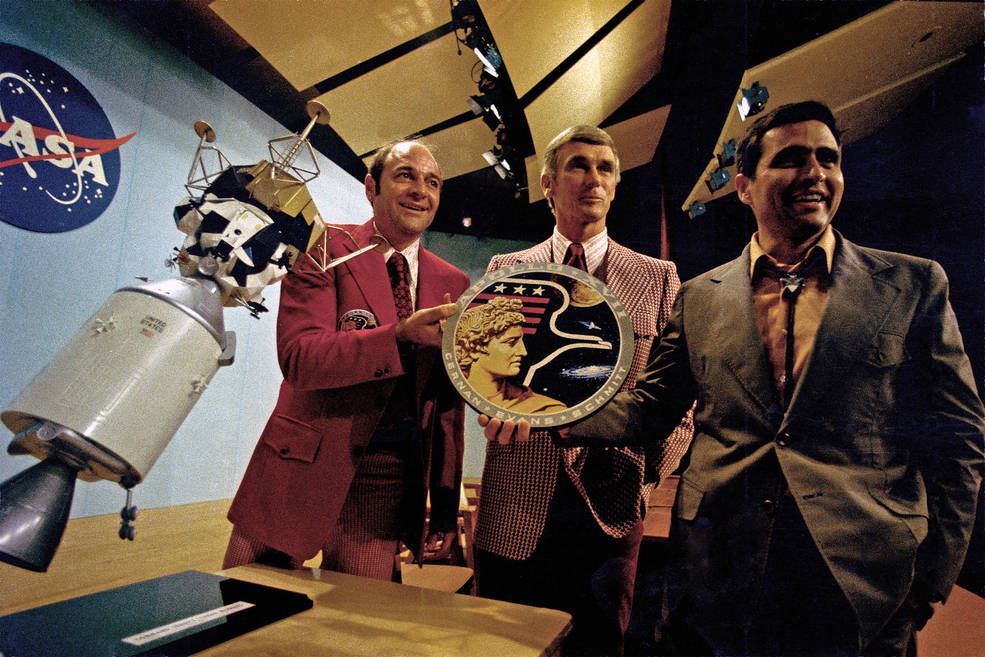
Left: Apollo 17 astronauts Ronald E. Evans, left, Eugene A. Cernan, and Harrison H. “Jack”
Schmitt during the preflight crew press conference. Right: Evans, left, Cernan, and
Schmitt stand next to a model of their spacecraft and display their mission patch.
Cernan, Evans, and Schmitt held their final preflight press conference at MSC on Nov. 10. Cernan elaborated on the themes they incorporated into their crew patch, including a forward-looking profile of the Greek god Apollo, the program’s namesake, a stylized eagle in the American colors, and the Moon as their mission’s destination. They also revealed the names they chose for their spacecraft, America for the Command Module, and Challenger for the Lunar Module, as tributes to the country that first put humans on the Moon and to President John F. Kennedy’s challenge and the country’s response to achieve that goal. Reflecting on the fact that Apollo 17 would close the first chapter of human lunar exploration, Schmitt said that “I have ultimate confidence that we will go out there again.” He added, “When you look at what’s been done and you look into the future, I don’t think any of us can ever say that anything is impossible.”
To be continued…
World events in November 1972:
November 4 – The research vessel Glomar Explorer launches on her first mission.
November 6 – The first intercollegiate game of ultimate frisbee is played between Rutgers University and Princeton University.
November 7 – Incumbent President Richard M. Nixon wins reelection, defeating George S. McGovern.
November 8 – HBO (Home Box Office) launches as the first pay cable television channel.
November 9 – Canada launches its first geostationary communications satellite, Anik-1.
November 14 – Dow Jones Index closes above the 1,000-mark for the first time.
November 18 – The U.S.S. Sanctuary becomes the first U.S. Navy ship to transport women sailors assigned to sea duty.
November 29 – Atari releases Pong, the first commercially successful video game, in Sunnyvale, California.























